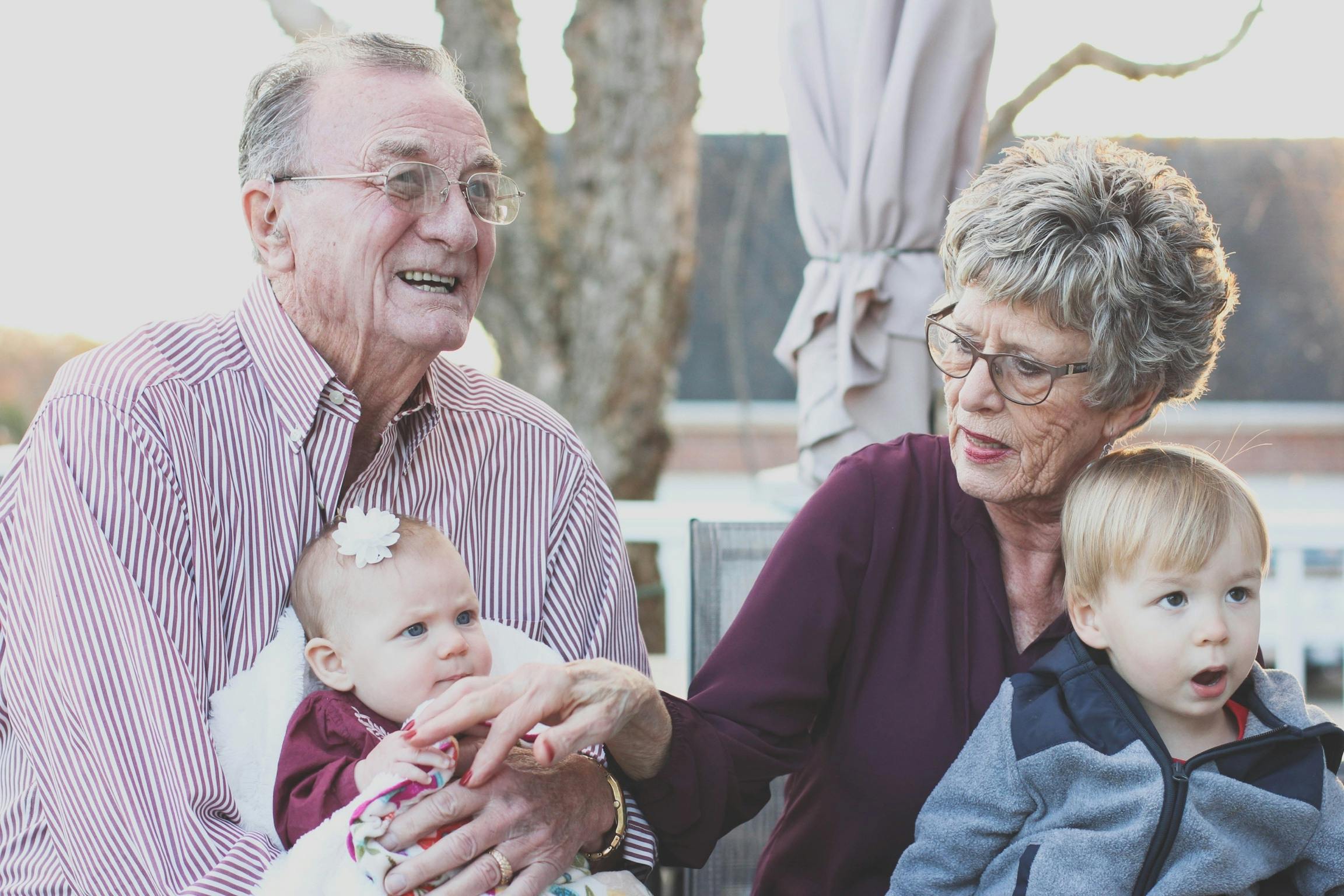Decoding the Dynamic of Generational Cohabitation
A redefined family structure is rising in modern society - the multi-generational living arrangement. These households, which consist of grandparents, parents, and offspring all living under one roof, are becoming increasingly prevalent. Read below to uncover the reasons behind this trend, its implications, and the cultural shifts it's inducing.

A Historical Overview
To understand the trend of multi-generational living, it’s vital to delve into its historical context. Traditionally, families around the world lived in multi-generational households as a norm. Industrialization and urbanization, however, led to the advent of nuclear family living. This shift was primarily driven by socioeconomic factors such as the rise of individualistic values, increased mobility, and the quest for privacy.
The Pendulum Swings Back
In recent years, a reversal of this trend is being observed. This pattern is especially prominent in Western societies, where nuclear families were the norm. According to a study by the Pew Research Center, the number of people living in multi-generational households in the United States has been steadily increasing over the past decade. This phenomenon isn’t restricted to the U.S alone but is mirrored in numerous other countries as well.
Drivers of Change
Several factors have contributed to the resurgence of multi-generational living. The Great Recession and the consequent economic instability forced many young adults to move back in with their parents. Simultaneously, an aging population necessitated greater elder care, prompting many families to bring their elderly relatives into their homes. Cultural shifts, particularly among immigrant populations, have also played a significant role in this trend, as they tend to adhere more to the tradition of multi-generational living.
Societal Implications
The rise of multi-generational living has myriad societal implications. For one, it is reshaping housing trends, with a growing demand for homes designed to accommodate multiple generations. It’s also influencing social norms and values, with an increased focus on familial togetherness, collective decision-making, and shared responsibilities. Additionally, this trend is challenging the stereotype of independence as the ultimate life goal, by emphasizing interdependence and mutual support.
Future Projections
Looking ahead, it’s likely that the trend of multi-generational living will continue to rise, fueled by economic uncertainties and an aging population. This shift will further impact housing markets, social policies, and cultural practices. By recognizing and understanding this trend, we can better adapt to the evolving societal landscape and foster a more inclusive and empathetic society.
In this ever-changing world, it is essential to keep abreast of societal dynamics. The resurgence of multi-generational living is a testament to the fluidity of societal norms and values. By understanding these phenomena, we can better navigate the complexities of our social world and contribute meaningfully towards shaping its future.





